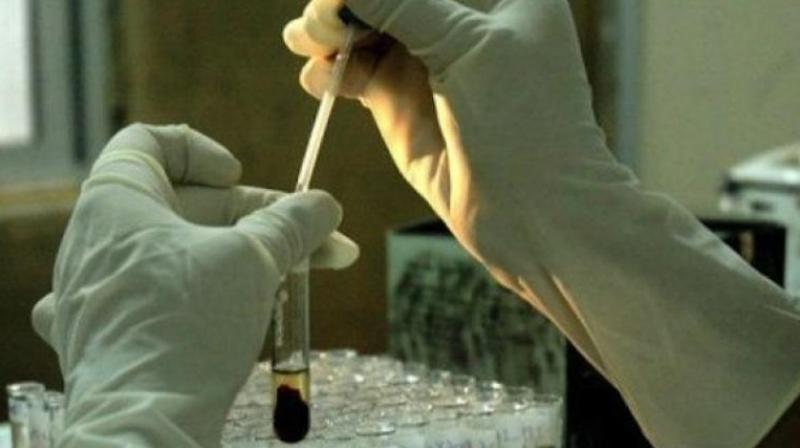Stem cell therapy may treat leading cause of blindness
Discovery has advanced efforts to make stem cell- derived RPE for transplantation into patients with geographic atrophy.

Washington: A team led by an Indian-origin scientist has made advances towards creating stem cell-derived retinal cells to treat a leading cause of blindness.
According to scientists at the National Eye Institute (NEI) in the US, tiny tube-like protrusions called primary cilia on cells of the retinal pigment epithelium (RPE) – a layer of cells in the back of the eye - are essential for the survival of the retina's light-sensing photoreceptors.
The discovery has advanced efforts to make stem cell- derived RPE for transplantation into patients with geographic atrophy, otherwise known as dry age-related macular degeneration (AMD), a leading cause of blindness in the US.
"We now have a better idea about how to generate and replace RPE cells, which appear to be among the first type of cells to stop working properly in AMD," said Kapil Bharti, lead investigator of the study published in the journal Cell Reports.
Bharti is leading the development of patient stem cell- derived RPE for an AMD clinical trial set to launch this year.
In a healthy eye, RPE cells nourish and support photoreceptors, the cells that convert light into electrical signals that travel to the brain via the optic nerve.
RPE cells form a layer just behind the photoreceptors. In geographic atrophy, RPE cells die, which causes photoreceptors to degenerate, leading to vision loss.
Bharti and his colleagues are hoping to halt and reverse the progression of geographic atrophy by replacing diseased RPE with lab-made RPE.
The approach involves using a patient's blood cells to generate induced-pluripotent stem cells (iPSCs), cells capable of becoming any type of cell in the body.
The iPSCs are grown in the laboratory and then coaxed into becoming RPE for surgical implantation.
Attempts to create functional RPE implants, however, have hit a recurring obstacle: iPSCs programmed to become RPE cells have a tendency to get developmentally stuck, said Bharti.
"The cells frequently fail to mature into functional RPE capable of supporting photoreceptors. In cases where they do mature, however, RPE maturation coincides with the emergence of primary cilia on the iPSC-RPE cells," he said.
The researchers tested three drugs known to modulate the growth of primary cilia on iPSC-derived RPE.
As predicted, the two drugs known to enhance cilia growth significantly improved the structural and functional maturation of the iPSC-derived RPE, researchers said.
By contrast, iPSC-derived RPE cells exposed to the third drug, an inhibitor of cilia growth, demonstrated severely disrupted structure and functionality.

